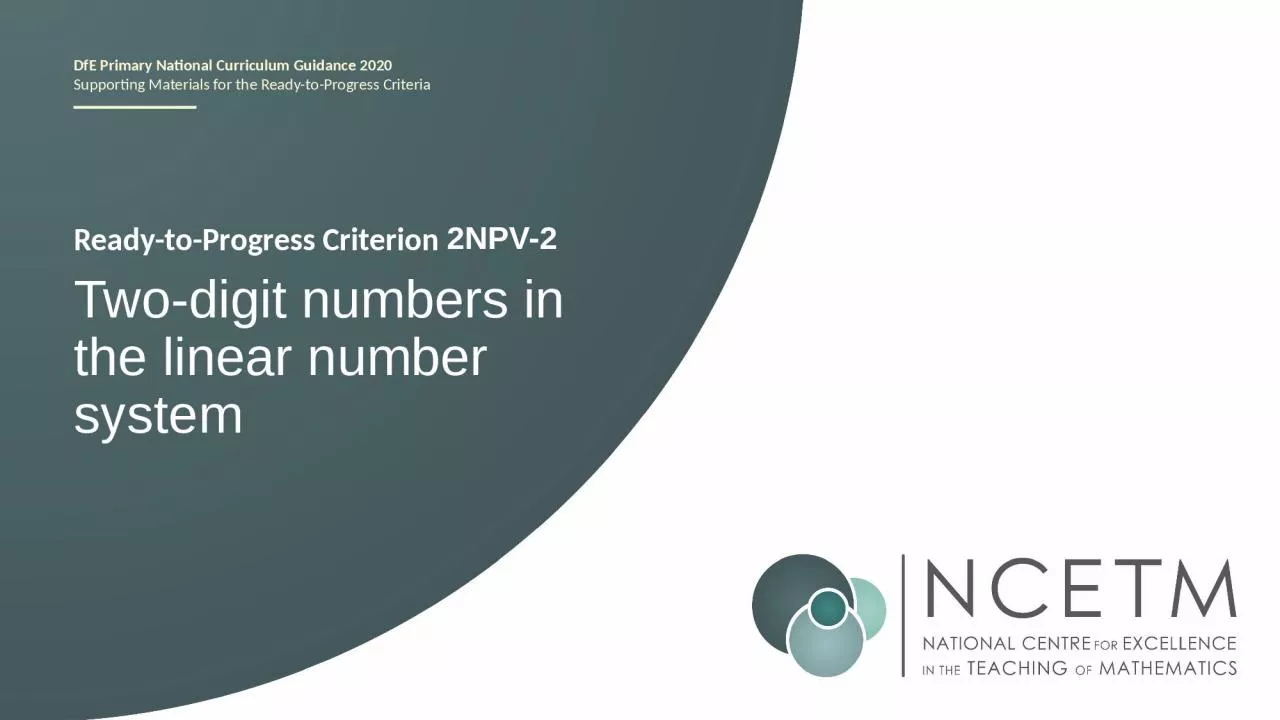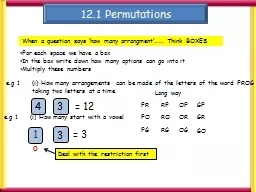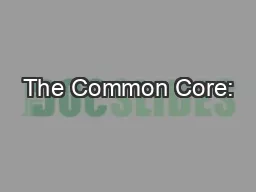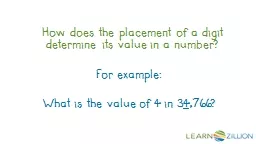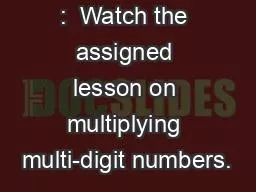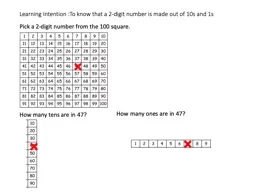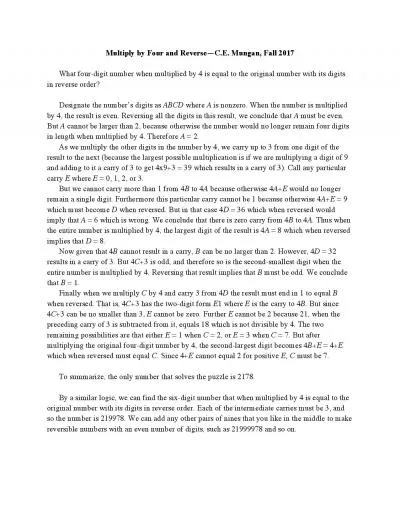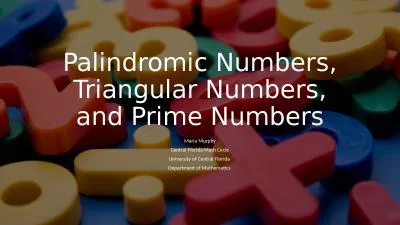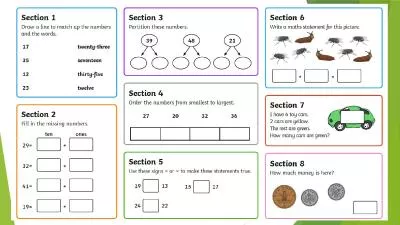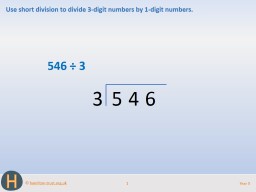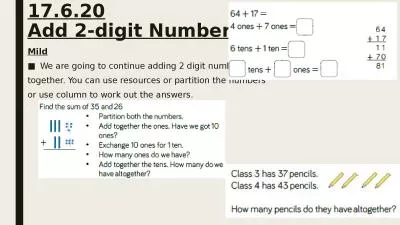PPT-Two-digit numbers in the linear number system
Author : ruby | Published Date : 2024-02-09
2NPV2 2NPV2 Reason about the location of any twodigit number in the linear number system including identifying the previous and next multiple of 10 The materials
Presentation Embed Code
Download Presentation
Download Presentation The PPT/PDF document "Two-digit numbers in the linear number s..." is the property of its rightful owner. Permission is granted to download and print the materials on this website for personal, non-commercial use only, and to display it on your personal computer provided you do not modify the materials and that you retain all copyright notices contained in the materials. By downloading content from our website, you accept the terms of this agreement.
Two-digit numbers in the linear number system: Transcript
Download Rules Of Document
"Two-digit numbers in the linear number system"The content belongs to its owner. You may download and print it for personal use, without modification, and keep all copyright notices. By downloading, you agree to these terms.
Related Documents

